Reading and Writing Part 6
In this article, you are going to learn everything you need to know about Cambridge A2 Key Reading and Writing Part 6. We are going to look at regular task, common problem and the best way to write this kind of text.
As you know, Reading and Writing has a total of seven tasks and each one is different. If you want to get an overview to see what all of the parts are like, you can follow the link below to check out my article on this topic.
>>> Learn more about A2 Key Reading and Writing <<<
What do you have to do in Part 6?
Guided writing – You have to write a short message, for example, a note or email, of at least 25 words. In the task, you get some information that you need to write about.
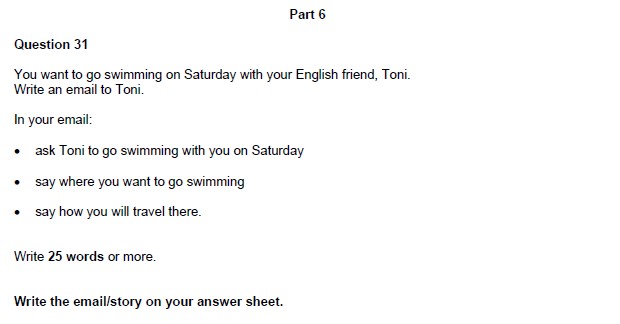
In the example task above, you can see some information about the situation and a few points that you have to include in your text.
Together with Part 7, Part 6 belongs to the Writing part of Reading and Writing. You need to show that you can express different ideas in real communication with another person. You can always imagine that you want to send a message or email to a friend and you should write your text in this way.
At the beginning of the exam, you get a paper with all the questions and tasks but also an extra sheet where you need to put all your answers. In Part 6, you can make some notes on the question sheet, but you must write your final text on the answer sheet.
Reading and Writing is only one exam paper in A2 Key. There are also other parts that test your listening and speaking skills and it is important for you to understand them better. I have written an article that gives you an overview of all the different papers and you can find it when you click the link below.
>>> Everything you need to know about Cambridge A2 Key <<<
What is difficult about Part 6?
Just like with all the other parts in Reading and Writing, Part 6 comes with some common difficulties that I typically find in my own students and when I talk to other teachers. Please don’t feel embarrassed if you see that you have one or more of these problems because in the next section of this article about tips and strategies I’m going to show you how you can do this task in the best way possible.
However, let’s have a look at the most common issues with Part 6.
Time management
In A2 Key Reading and Writing, you have to complete seven different tasks and transfer all your answers onto an extra answer sheet. For all of this, you only get 60 minutes or, more or less, eight minutes to answer each task.
It is really important that you know how to work your way through the exam without wasting time. Making a plan is very helpful and, as I said before, in the next section, we are going to find out what the best plan for Part 6 is.
Forgetting important points in the task
In every Part 6 task, there is a situation and three instructions for you. Unfortunately, I see it very often that students forget about the situation or one of the instructions and, as a result, their text is incomplete and they lose marks.
Again, working with a plan can help you a lot and you should definitely keep reading to find out what a good plan looks like for Part 6.
Specific language problems
With the three instructions in the task, you have to use specific language so the examiner can see that you understand what the instructions tell you to do.
This can be a little bit confusing and it is useful to know about the different types of instructions and the specific language that you should use in each situation.
Tips and strategies for Part 6
Now that you have learned a little bit about the biggest problems with Reading and Writing Part 6, we need to look at their solutions. I’m going to show you everything you need to know so you can get high marks and save as much time as possible.
General tips
The easiest way to practise for Reading and Writing is to start a little reading habit. You can look for interesting texts and audio recordings online and there should be something for every English level.
With only 5-10 minutes per day you can already make a big difference and improve your grammar and vocabulary. Also, your own writing can benefit because you see and listen to a lot of language structures that you can use in your texts.
Another great way to prepare for A2 Key is to take language classes. You can find English language schools in almost every town in the world and it can be so motivating to study with other students and with a teacher who can help you with your problems.
Follow a plan
In Parts 6 and 7, you have to write a short text so you have to look at these tasks a little bit differently compared to Part 1-5. However, you should still create a plan that you can follow and in Part 6, you can use the same plan every time you sit down to practise.
- Read the task carefully and underline the keywords
- Make a plan
- Make a draft
- Write your message on the answer sheet
Now, let’s go through this plan step by step so you better understand what I mean.
Read the task carefully and underline the keywords
The first step in Part 6 is always to find out what exactly you have to write about. You should read the task and the instructions slowly and underline the most important words. For our example from before, this could look like this:
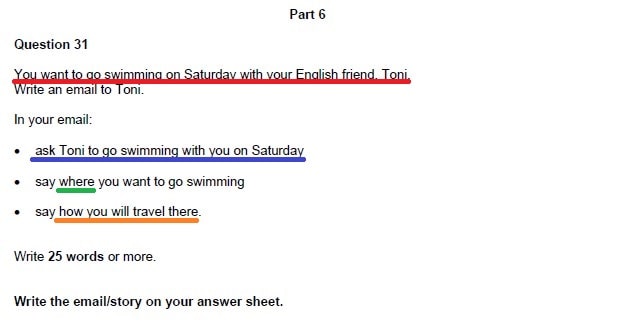
I used different colours to show you the different points that are important for you. First of all, you have to find out why you are writing your message (red) and then what exactly you need to include (blue, green and orange).
Make a plan
The next step is to make a plan so you won’t forget anything in your email. In your plan, you can already write down your ideas.
- Ask Toni to come swimming on Saturday.
- Public pool in the city centre
- I will go by bike.
You see that making a plan is really easy. This just took me 30 seconds, but it will help me remember all the things that are important for the task.
Make a draft
A draft is like a practice text. You quickly write your email on a piece of paper before you transfer it onto your extra answer sheet. This way, you can look for little mistakes and change things if you have to.
A draft for our example might look like this:
Hi Toni,
Would you like to come swimming with me this Saturday? I want to go to the public pool in the city centre and we could go by bike.
Let me know if you have time.
Thank you,
Phill
Make sure that you use a greeting at the beginning of your email (Hi Toni) and a good ending (Thank you, Phill). Check your draft for mistakes and then move on to the next step.
Write your message on the answer sheet
When you are happy with your draft you can transfer it onto the extra answer sheet that you get at the beginning of the exam.
That’s all. With a few steps you can go from the task to your finished text.
Specific language
In Reading and Writing Part 6, there is a lot of specific language and expressions that you should know. The language you use depends on the instructions in the task.
For example, if the task says, “Ask [name] to [activity]”, you should ask a question with the specific information. In our example, the instruction was the following:
…ask Toni to go swimming with you on Saturday
I wrote in my email:
Would you like to come swimming with me this Saturday?
You can use expressions like ‘Would you like to…’ or ‘Do you want to…’ if you want to ask someone to do something.
Other possible instructions and their specific language:
| Instruction | Example | Specific language |
| Explain why… | I couldn’t come to your party because I was ill. | because, because of, This is why… |
| Apologize for… | I’m sorry for not coming to your party last week. | I’m sorry for…, I wanted to apologize for… |
| Suggest… | We could have some pizza. | We could…, Why don’t we…?, I suggest… |
There are probably more instructions, but I want you to understand that for every instruction there is some specific language that you can and should use in your writing so the examiner is happy.
Summary
In this article, I showed you the most important things about Reading and Writing Part 6. We looked at a typical task, the most common problems and the best strategies and language to do the task well and save time.
The next step for you is to start practising as soon as possible. If you work on your writing regularly, you will improve quickly and you won’t have any problems in the exam.
I hope this article will help you with that.
Lots of love,
Teacher Phill 🙂

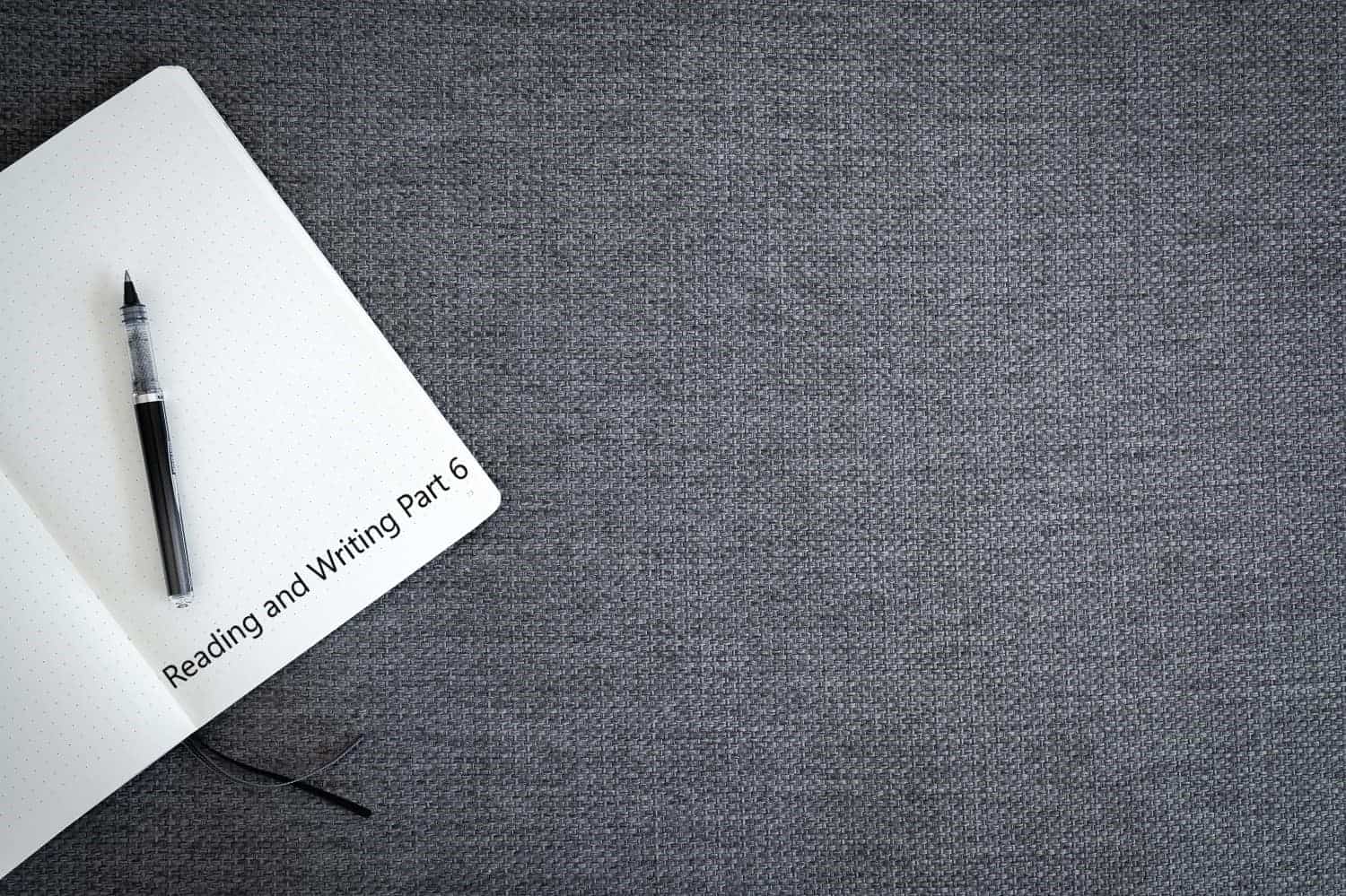



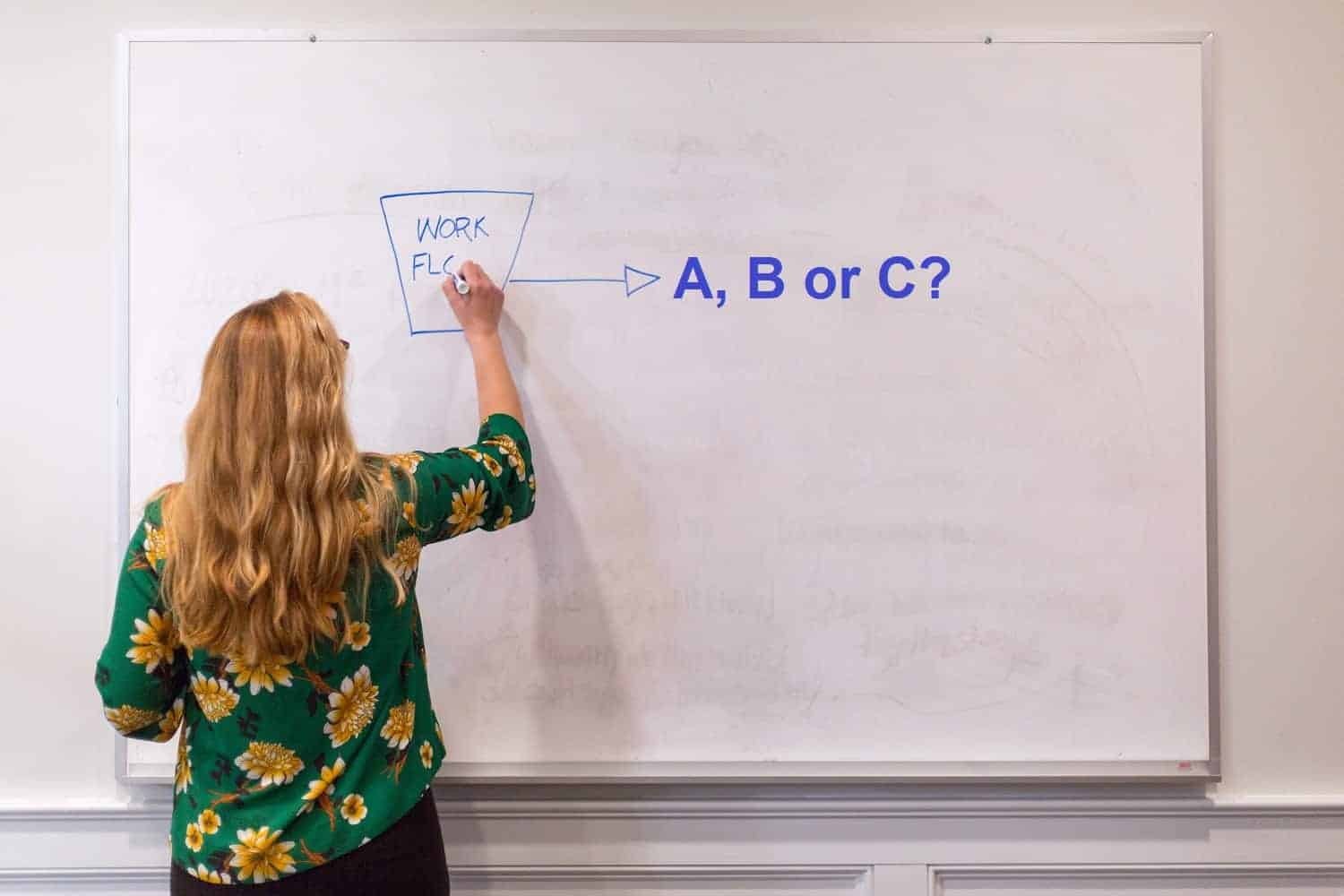




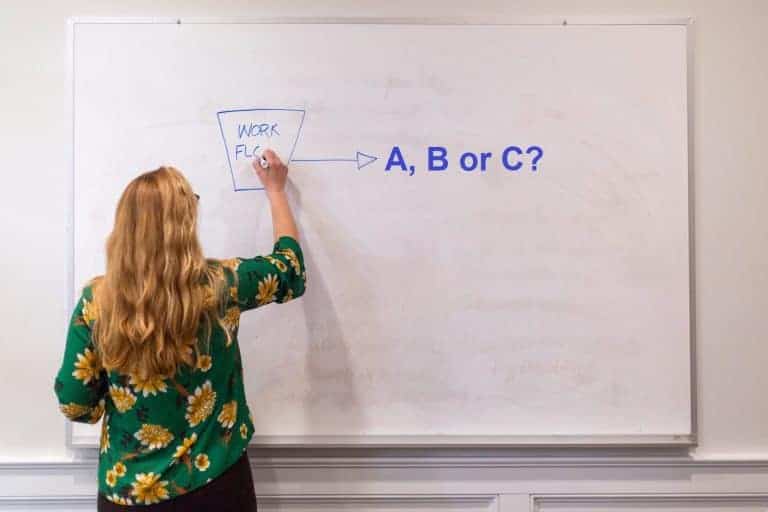



Thank you